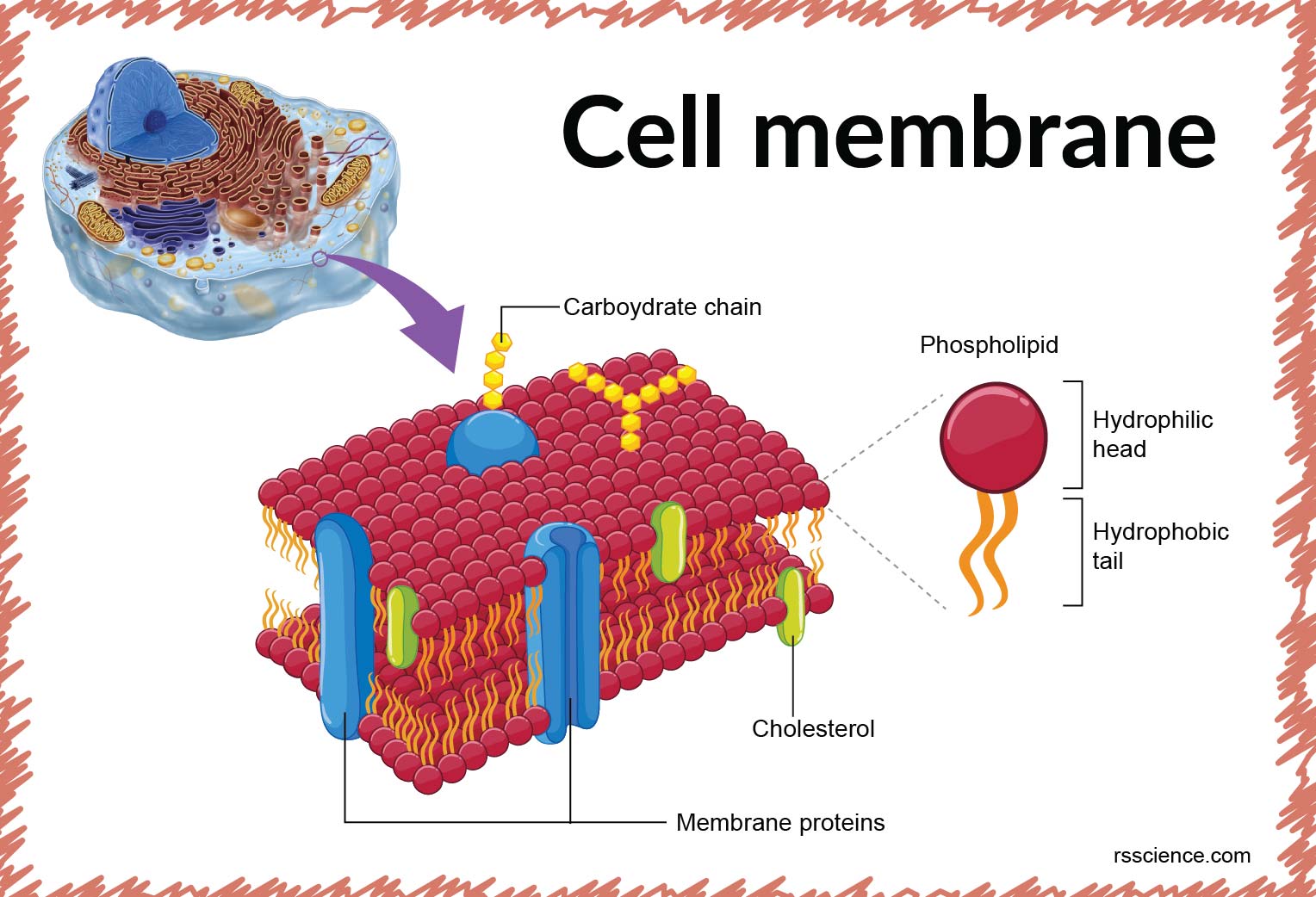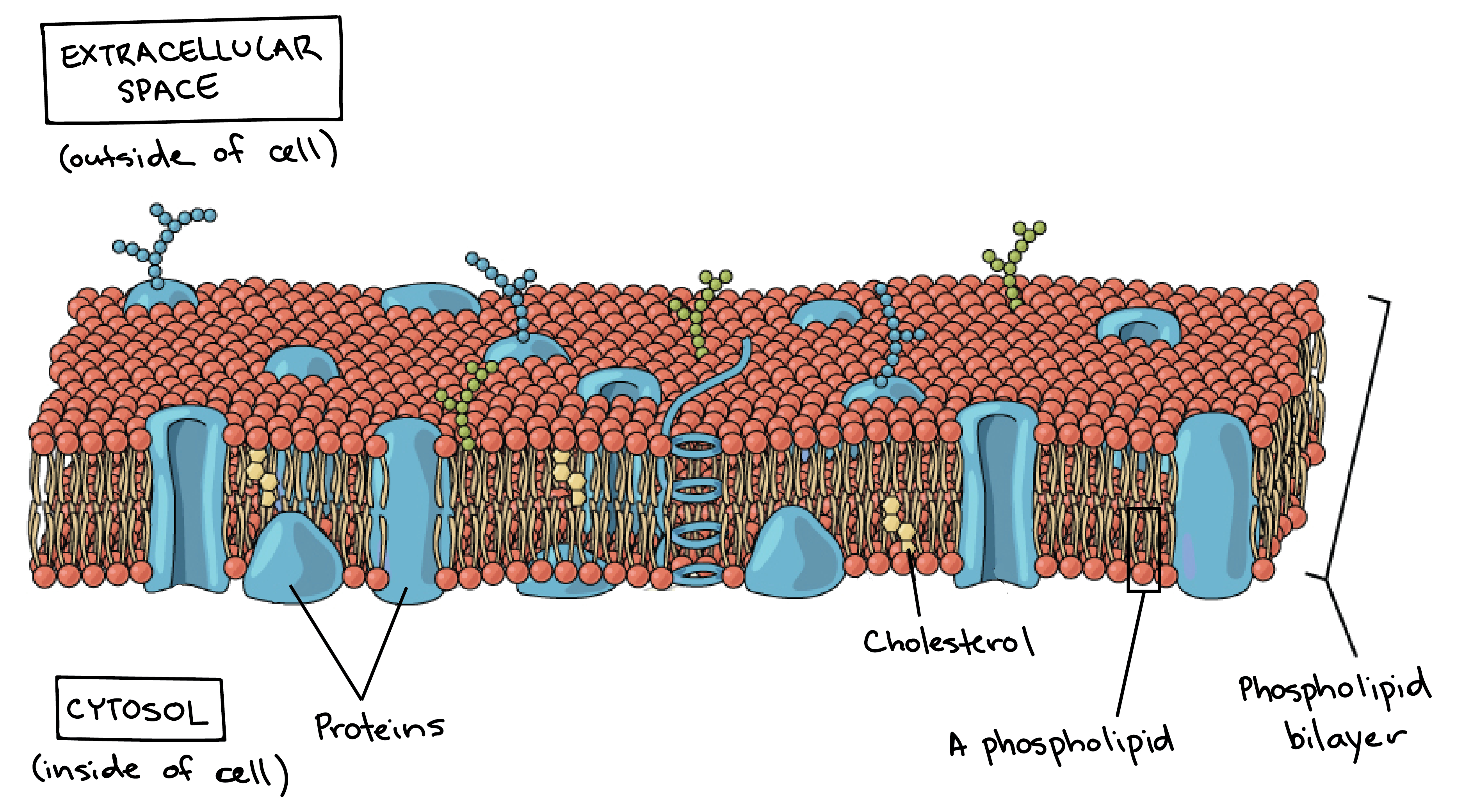Cell Membrane Structure And Function A Level

Structure of Plasma Membrane The plasma membrane also known as the cell membrane or cytoplasmic membrane is a biological membrane that separates the interior of a cell from its outside environment.
Cell membrane structure and function a level. Many membranes within the cell help to make different compartments for different chemical reactions to take place. Cell membrane is a protective covering that acts as a barrier between the inner and outer environment of a cell in animals. All cells are surrounded by the cell membranes and this characteristic best portrayed by the Fluid Mosaic ModelAccording to this model which was postulated by Singer and Nicolson during the 1970s plasma membranes are composed of lipids proteins and carbohydrates that are arranged in a mosaic-like manner.
Animal Cell Structure Nucleus. Formed from a phospholipid bilayer with the hydrophobic tails pointing towards each. The separation of different parts of the cell with different functions by using membranes is called compartmentalisation providing distinct conditions for different processes.
The membrane is examined in detail later. Proteins and lipids are the major components of the cell membrane. The membrane also contains membrane proteins including integral proteins that go across the membrane serving as membrane.
It separates the contents of the cell from the outside environment and controls the entry and exit of materials. The nucleus is surrounded by nuclear envelope pair of membranes. Form the basic structure of the membrane phospholipid bilayer The tails form a hydrophobic core comprising the innermost part of both the outer and inner layer of the membrane.
The cell membrane consists of a lipid bilayer including cholesterols that sit between phospholipids to maintain their fluidity at various temperatures. The plasma membrane is impermeable to ions and most water-soluble molecules. Cell Membranes a outline the roles of membranes within cells and at the surface of cells b state that plasma cell surface membranes are partially permeable barriers Plasma membranes are partially permeable meaning they let some molecules through but not others.
The cell membrane is a multifaceted membrane that envelopes a cells cytoplasm. Scanning electron micrograph SEM of adipocytes Ad Membrane Structure and Function Prokaryotic Cells. The fine detail of the cell which may be revealed by an electron microscope is called the cells ultrastructure.



















